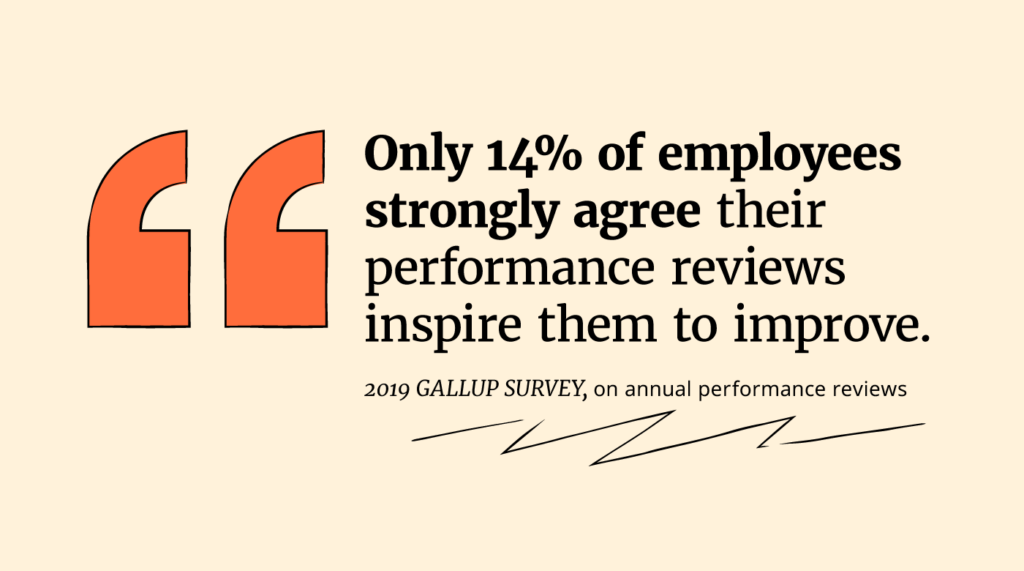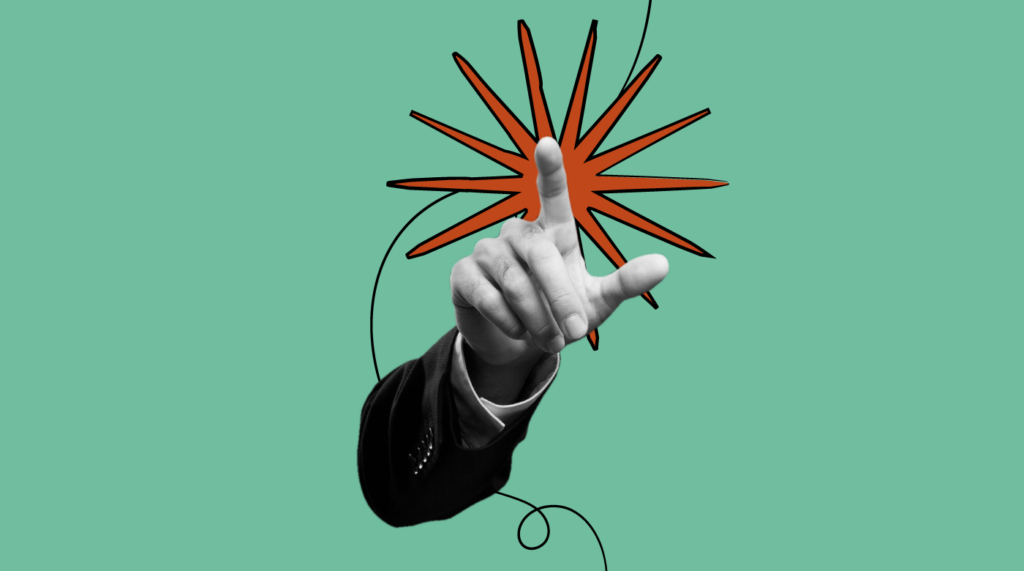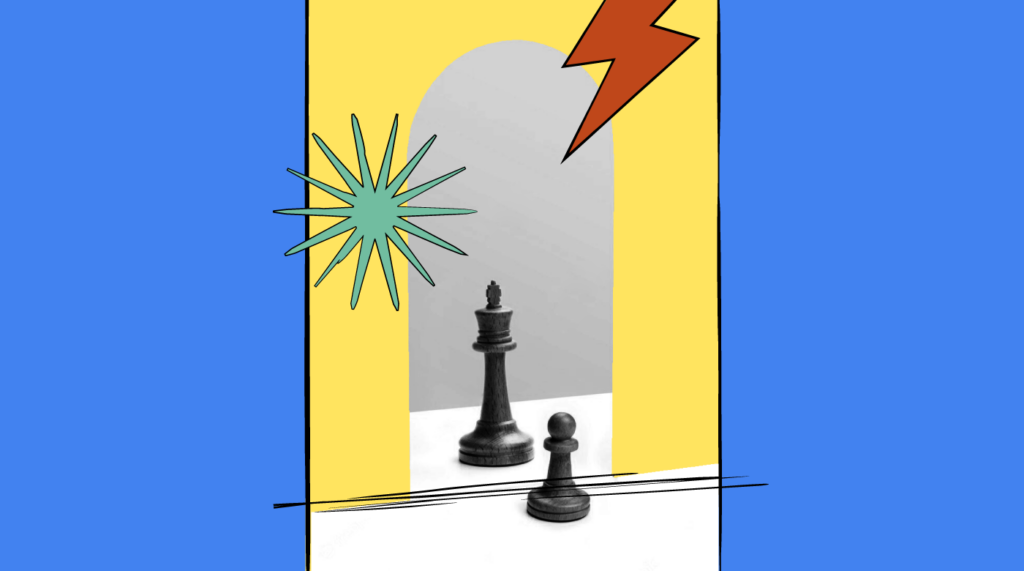Prior to the pandemic, HR and People teams were already beginning to experience some major operational changes. A few years ago we began to see a marked shift in the way people teams approached strategic alignment and employee management. More enterprises were adopting new models of goal alignment and strategic thinking in order to increase ROI, employee retention, and revenue.
In a recent survey conducted by Betterworks, 215 industry leaders were asked about their views on strategic alignment methodologies, and 35% of the companies surveyed reported that they had implemented this style of work within the last three years.
So what prompted over a third of enterprises surveyed to make a change? Old models of management (and the tools used to do them) simply couldn’t keep up with the vastly changing corporate landscape.
Annual Performance Reviews Are Ineffective
Annual performance reviews are stressful, forced, and not nearly as effective as other, more agile methodologies. Think about it this way: when you only take time to reflect and assess upon a team member once a year, the work isn’t top-of-mind and there’s no opportunity to pivot or make important adjustments that could get teams closer to their goals.
It gets worse when you consider that, for many organizations, managers are only expected to provide detailed feedback (whether that be praise or constructive criticism) once a year – meaning any problems or successes have been softened by the hands of time, and many important details may have already been forgotten.
According to a 2019 Gallup survey on annual performance reviews,

This is exactly why in recent years many enterprises have begun to ask themselves why they have annual performance reviews in the first place, and explore what methodologies allow for ongoing learnings, as opposed to a singular, static point of reflection.
After all, if there was a way to effectively improve employee sentiment and satisfaction, increase retention, and improve revenue, wouldn’t you take it?
The Future is Agile – And it’s Here
If 35% percent of business leaders we surveyed adopted strategic alignment software within the past three years, that number was greatly exacerbated by the COVID-19 pandemic. Of companies that have started using strategic alignment software in the past year, three quarters (77%) claim this was due to the COVID-19 pandemic.
For many, this adoption has led to increased revenue during a time of unexpected stress. Over a third of companies that measured their revenue in relation to strategic alignment reported an increase in quarterly revenue by 3 to 4% while over half report an increase of greater than 4%.
And considering that the COVID-19 pandemic is also leading to what many are calling the great COVID job churn of 2021, there’s never been a better time to increase employee engagement and satisfaction.
By incorporating objectives and key results (OKR) methodology into your work, coupled with ongoing communication, feedback, and regular pulse surveys that aim to listen and learn from your work workforce you could help mitigate what many are predicting to be one of the most major moments of employee turnover in recent economic history.
Many employees clung to their jobs in 2020 due to the uncertainty of the pandemic. Those same employees worked full-time during a point in history when their children were expected to have remote learning, cities were shut down, and there was a marked increase in stress. All of this took a mental toll on many, leading to increased burnout and disengagement.
Listen, Learn, And Connect With Your Workforce Through Strategic Alignment

A great way to keep employees engaged in their work is through transparent goal setting. When an organization is clear about its goals and OKRs and encourages employees to join them in creating goals through clearly defined OKRs, employees are far more likely to be able to see the impact of their work on a larger scale and understand the power of their contribution.
Make sure that you’re using a platform or solution that enables employees to develop their own objectives, and offers employees a way to view larger organizational objectives so they can understand how their work affects your organization.
Don’t let static goals and impersonal annual reviews keep you and your team disconnected. Read our report to learn how to increase engagement with your workforce with dynamic strategies today.
Related Read: 10 Best OKR Software Compared

